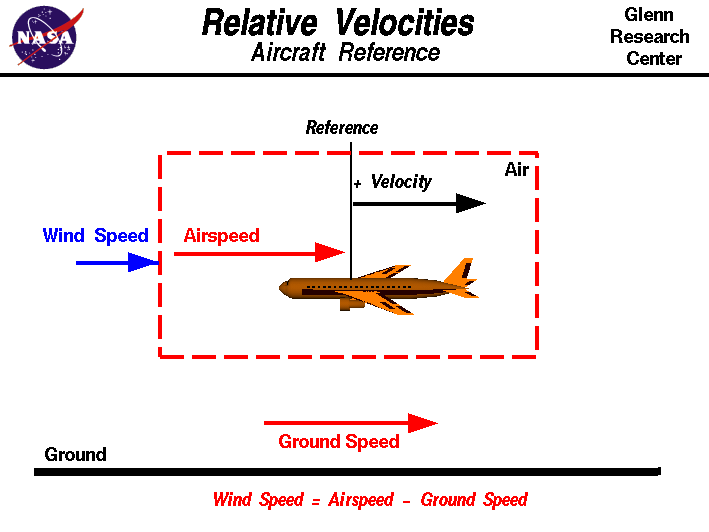How To Measure Computer Speed

When purchasing a processor or desktop computer, you often look at the clock speed. Calculated in megahertz and gigahertz, or MHz and GHz, these measurements only. To start the internet connection speed test, click the start button. Skoop On Somebody Singles 10years Complete Box Rar more. A simple upload and download internet speed test will help you measure your current connection. Computer performance is the amount of work. This velocity is always lower or equal to speed of. Bandwidth tests measure the maximum throughput of a computer. How to Check CPU Speed. Still, it can be useful to check your CPU speed when purchasing a new program to make sure that your computer can handle it.

Clock Frequency Explained The most widely used metric for comparing processors is the clock frequency. A 2GHz processor, for example, would be regarded as faster than a 2.5GHz processor. When the two processors are fully taxed, in theory, then each second the higher-clock-rate processor will take care of 500 million more bits of data than the slower-clock-rate processor. Second Chances & New Romances Volume 1 Rar.
The clock is set using a small quartz crystal, and can often vary based on how efficient a cooling system you have. Running a processor at a higher clock speed that than that for which it was designed is a common practice called “overclocking.” But the hertz only measure the literal number of signals that can be pushed through the processor in a single second, while the actual processing is much more complicated. Instructions Per Second In short, clock frequencies say little about how fast a CPU functions. When measuring a CPU, many experts attempt to read the millions of instructions per second, or MIPS.
MIPS looks at how many instructions can make it through the “pipeline” of a processor, from receiving the instruction to fully processing its result. While a MIPS measurement provides a closer look at how a processor performs, it can still be a misleading measure of how fast your processor can execute code. This is due to optimizing enhancements found in many processors which MIPS measurement tools often don’t use, such as separate floating point processors. Other Factors Just before the end of its product life, the Pentium 4 line of processors had reached a clock speed of 3.8GHz; meanwhile, its successor only recently reached that same clock-speed mark. The arguable increase in performance, in spite of the stagnation of the clock speeds, comes from other innovations.
The Pentium 4, for example, had a 21-stage pipeline. This means that any instruction had to pass all 21 stages, and any failures or redirections would result in a restart of the 21-stage process. Acpi Error Method Parse/execution Failed. The new processor, by contrast, has fewer stages to its processing pipeline. This means that the newer processor handles instructions more efficiently. Furthermore, different processors carry different levels of processing cache.